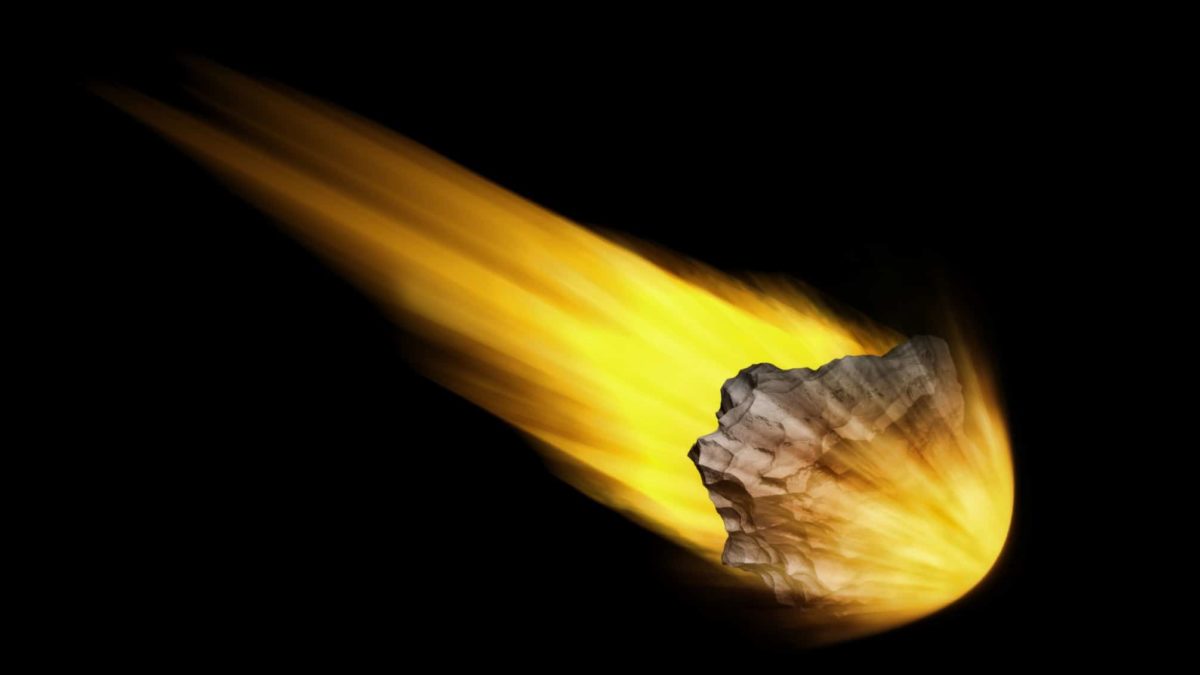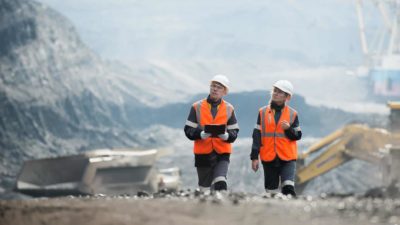The price of iron ore has continued its descent having collapsed more than 28% from its June 7 highs of $146.50 at the open on Wednesday.
The raw material now trades in line with its December 2021 levels, giving back the entirety of its gains earned in 2022.
As seen below, this had been a net negative for the BHP Group Ltd (ASX: BHP) share price, up until around 15 August, when the share has broken away from the underlying commodity price.

What does this mean for BHP shares?
Judging from the chart above, both the price for iron ore and the BHP share price had moved in striking similarity up until the middle of this month.
Since, BHP has turned away whilst iron ore has continued its walk down south. This could suggest that the mining giant's diversified operations or exposure to other commodities may be a factor.
It could also be that the market still favours BHP's offtake and other contractual agreements that 'lock in' the price the miner receives.
However, in the period from 23 June to 22 August, the number of buy calls has dwindled. In June, 10 out of 19 brokers covering the share said it was a buy, to just 9 from 20 on today's date, per Refinitiv Eikon data.
The consensus price target from this list has dwindled too, in from $48.25 per share to $43.39 a share, a 10% total decline.
Looking ahead, there is some optimism on the price of iron ore. Analysts at Marex noted that September and October are usually "peak construction months," due to a "rush to complete projects before the winter comes and it becomes too cold," in a recent note.
Moreover, Australian miners were a leading sector on the ASX yesterday, surpassing the benchmark S&P/ASX 200 Index (ASX: XJO).
According to Reuters, the spike in iron ore prices on Tuesday was chiefly responsible. If it were to retrace its losses, there's a good chance those with iron ore exposure to various points along the iron ore value chain could rally alongside this.
In the past 12 months, the BHP share price has gained almost 5%, as well as 12% this year to date.









